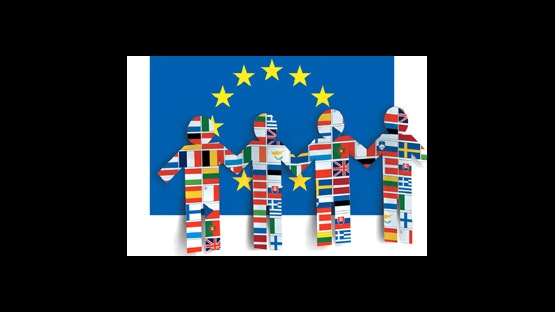Five of the ten countries officially joining the European Union (EU) on 1 May rely on nuclear energy to provide a fourth or more of their electricity needs, based on the IAEA's nuclear databanks.
Czech Republic: Six nuclear plants are operating, two at Temelin and four at Dukovany, collectively supplying about a fourth of the country's electricity.
Hungary: Four nuclear plants are operating at Paks, supplying about 36% of the country's electricity.
Lithuania: Two nuclear plants are operating at Ignalina, supplying about 80% of the country's electricity.
Slovakia: Six nuclear plants are operating at Bohunice and Mochovce, collectively supplying about 55% of the country's electricity.
Slovenia: One nuclear plant is operating at Krsko, supplying about 40% of the country's electricity.
The new countries will add to the overall use of nuclear energy by nearly 450 million people in the expanded EU. Before the expansion, about one-third of the world's nuclear-generated electricity was consumed in the EU. As noted at a recent European energy conference attended by IAEA Director General Mohamed ElBaradei, nuclear's future is mixed and countries face important choices. Beside the five new EU countries, eight others operate nuclear power plants - Belgium, Finland, France, Germany, Netherlands, Spain, Sweden, and the United Kingdom. Of these, four (Sweden, Germany, Belgium and the Netherlands) have introduced phase-out programmes, while Finland plans to build more nuclear plants.
At the European energy conference, Dr. ElBaradei outlined three critical challenges facing nuclear power's future in Europe and other countries - clear global and national strategies for the management and disposal of spent fuel and radioactive waste; high levels of nuclear safety performance; and upgraded nuclear security. (See Story Resources for his remarks.)
The IAEA places high priority on addressing the safety of nuclear power plants and has been working with the new EU countries for many years. The EU additionally has issued a package of safety and related measures to cover the future development of nuclear energy in the enlarged union. Global cooperation on nuclear power and safety issues includes expert peer reviews, the exchange of operating experience, and legal conventions. All five new EU countries with nuclear plants, for example, have joined the international Nuclear Safety Convention that sets benchmarks linked to IAEA safety standards. Each filed national reports at the last review meeting in 2002.
Regarding nuclear safeguards - which are geared to verifying State pledges for the exclusively peaceful use of nuclear energy - the five new EU countries with nuclear power plants are members of the global Nuclear Non-Proliferation Treaty (NPT) and have safeguards agreements with the IAEA. They also have signed or ratified Additional Protocols that grant IAEA safeguards inspectors broader rights of access to sites and information.
EU Background
The new EU countries expand the EU's membership from 15 to 25. The new members are Poland; the Czech Republic; Slovakia; Hungary; Estonia; Latvia; Lithuania; Slovenia; Malta, and Cyprus. Romania and Bulgaria are also expecting to join in 2007.
The EU was founded as the European Economic Community (EEC) by the Treaty of Rome in 1957 to promote economic and political integration in Europe. The EEC has expanded from its original six members (Belgium, France, Germany, Italy, Luxembourg, and the Netherlands) to include the United Kingdom, Ireland, and Denmark in 1973; Greece in 1981; Spain and Portugal in 1986; and Austria, Finland, and Sweden (former members of the European Free Trade Association) in 1995.


